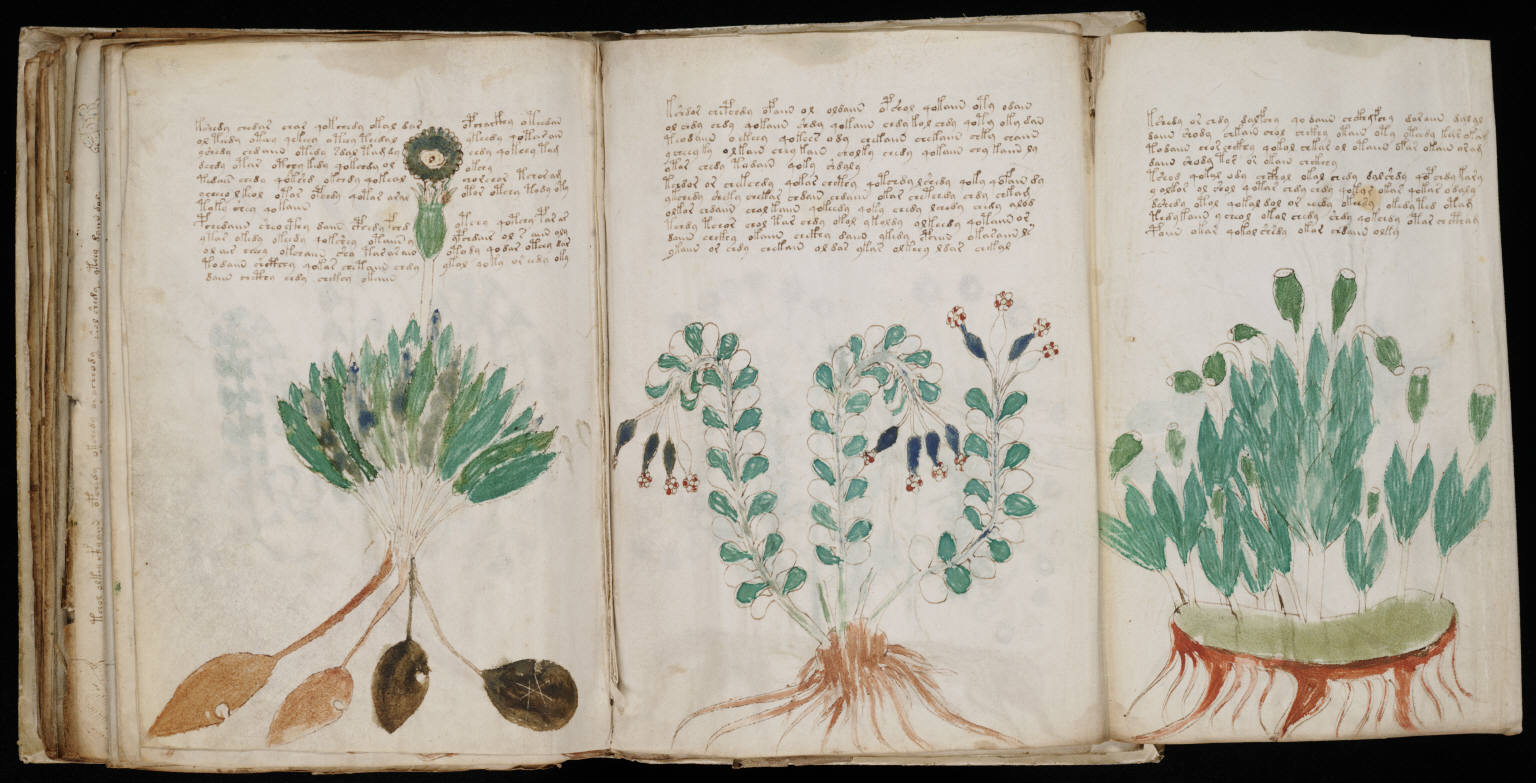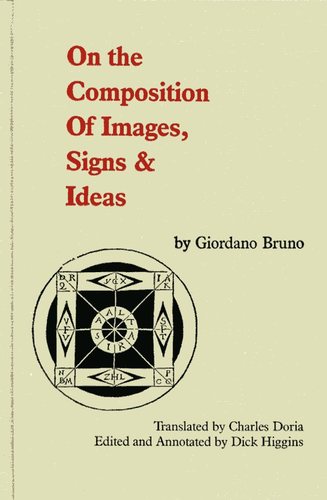Voynich Manuscript (early 1500s)
Filed under book | Tags: · astrology, astronomy, biology, botany, cryptography, language, medicine

“Written in Central Europe at the end of the 15th or during the 16th century, the origin, language, and date of the Voynich Manuscript—named after the Polish-American antiquarian bookseller, Wilfrid M. Voynich, who acquired it in 1912—are still being debated as vigorously as its puzzling drawings and undeciphered text. Described as a magical or scientific text, nearly every page contains botanical, figurative, and scientific drawings of a provincial but lively character, drawn in ink with vibrant washes in various shades of green, brown, yellow, blue, and red.
Based on the subject matter of the drawings, the contents of the manuscript falls into six sections: 1) botanicals containing drawings of 113 unidentified plant species; 2) astronomical and astrological drawings including astral charts with radiating circles, suns and moons, Zodiac symbols such as fish (Pisces), a bull (Taurus), and an archer (Sagittarius), nude females emerging from pipes or chimneys, and courtly figures; 3) a biological section containing a myriad of drawings of miniature female nudes, most with swelled abdomens, immersed or wading in fluids and oddly interacting with interconnecting tubes and capsules; 4) an elaborate array of nine cosmological medallions, many drawn across several folded folios and depicting possible geographical forms; 5) pharmaceutical drawings of over 100 different species of medicinal herbs and roots portrayed with jars or vessels in red, blue, or green, and 6) continuous pages of text, possibly recipes, with star-like flowers marking each entry in the margins.” (source)
240 pages
via Archive.org
PDF
Detailed chemical analysis of the Voynich Manuscript (from the Beinecke Rare Book & Manuscript Library)
Giordano Bruno: On the Composition of Images, Signs & Ideas (1591/1991)
Filed under book | Tags: · astrology, image, mythology, philosophy, poetry

“Some 400 years since his death, the Renaissance philosopher Bruno still excites interest. Thus, this modern translation of his De Imaginum Signorum et Idearum Compositione, first published in 1591, is valuable to a wide range of scholars. De Imaginum defies easy classification, combining poetry, astrology, philosophy, mythology, and science. Meditating on the nature of reality and the limits of human knowledge, Bruno anticipates modern semiology, exploring the creation and meaning of signs and images. While the editor and translator are more interested in Renaissance arcana than the history of philosophy, they have included thorough notes as well as a helpful introduction.”
Originally published as De Imaginum, Signorum, Et Idearum Compositione, Frankfurt, 1591
Translated by Charles Doria
Edited and annotated by Dick Higgins
Foreword by Manfredi Piccolomini
Publisher Willis, Locker & Owens, New York, 1991
ISBN 0930279182, 9780930279189
377 pages
Theodor W. Adorno: Adorno: The Stars Down to Earth and Other Essays on the Irrational in Culture (1994)
Filed under book | Tags: · anti-semitism, astrology, culture, fascism, irrational, occultism, psychoanalytics

The Stars Down to Earth shows us a stunningly prescient Adorno. Haunted by the ugly side of American culture industries he used the different angles provided by each of these three essays to showcase the dangers inherent in modern obsessions with consumption. He engages with some of his most enduring themes in this seminal collection, focusing on the irrational in mass culture – from astrology to new age cults, from anti-semitism to the power of neo-fascist propaganda. He points out that the modern state and market forces serve the interest of capital in its basic form. Stephan Crook’s introduction grounds Adorno’s arguments firmly in the present where extreme religious and political organizations are commonplace – so commonplace in fact that often we deem them unworthy of our attention. Half a century ago Theodore Adorno not only recognised the dangers, but proclaimed them loudly. We did not listen then. Maybe it is not too late to listen now.
Edited with an Introduction by Stephen Crook
Publisher Routledge, 1994
Routledge classics
ISBN 0415105684, 9780415105682
176 pages
PDF (updated on 2013-6-6)
Comment (1)
